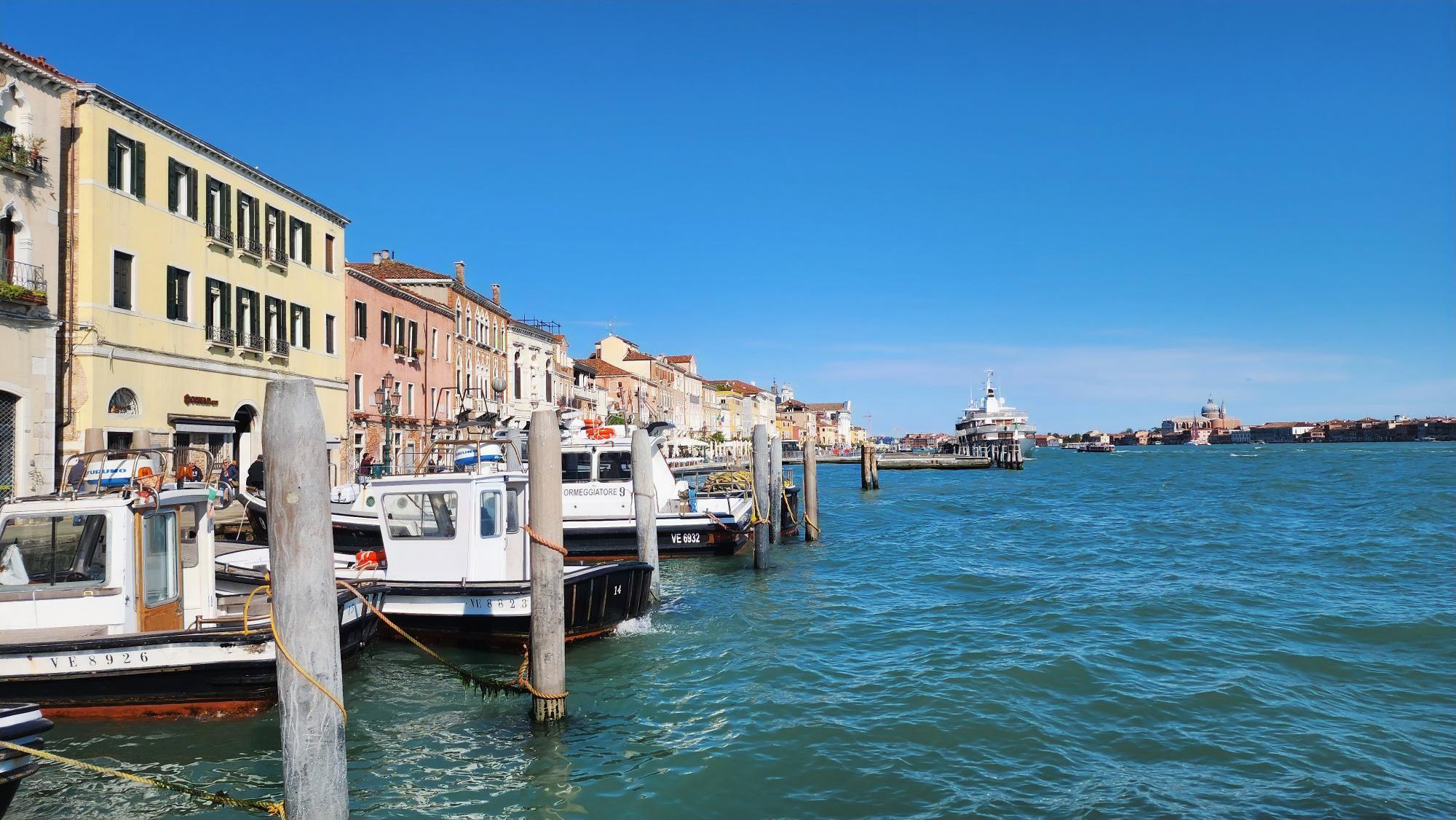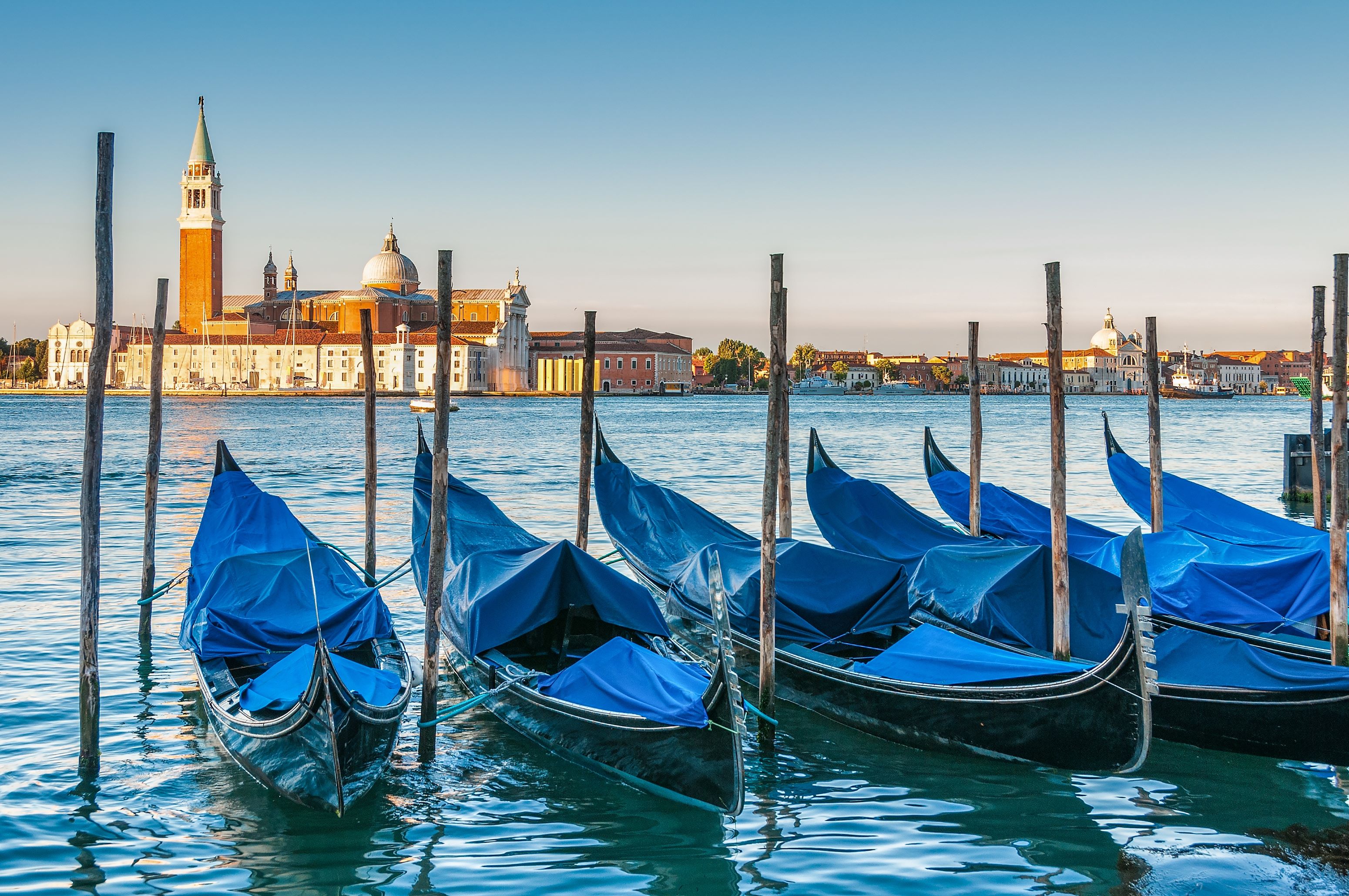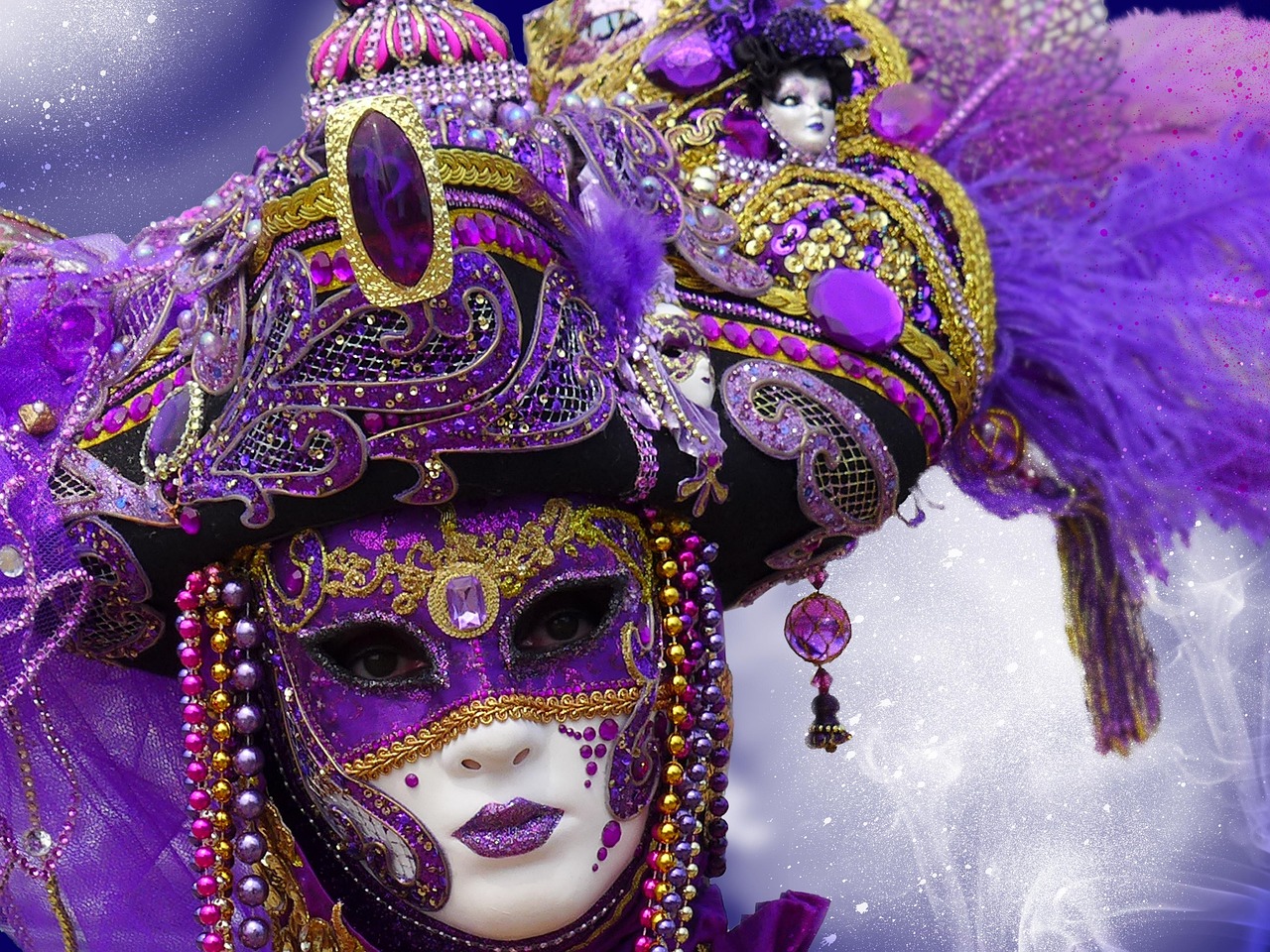About Venice
Once a powerful maritime city-state linking East and West, Venice is now the capital of the province of Venezia and the Veneto region, famous for its unique setting on islets within the crescent-shaped, Adriatic-protected Laguna Veneta.
Architectural Splendour
Venice’s canals and bridges, especially the iconic S-shaped Grand Canal, are lined with architectural treasures blending Byzantine, Renaissance, Moorish, and Gothic styles. This unique mix creates a distinctly Venetian look, showcasing the city’s rich artistic heritage visible in churches, palaces, museums, and public buildings.
Artistic Heritage
The city is a treasure trove of art, housing masterpieces across its historic churches and palaces. Venice’s libraries also preserve invaluable manuscripts and relics, reflecting centuries of cultural richness that continue to inspire visitors and locals alike.
Ongoing Challenges
Venice faces frequent flooding from November to March and sinks about 1–2mm annually. Breakwaters and sea gates help protect the city, but many residents have moved to the mainland. Today, the city centre primarily supports tourism, while artisan workshops and cultural traditions persist despite these challenges.
- Venice’s lagoon, a UNESCO World Heritage Site, is made up of 118 islands linked by 438 bridges.
- There are no cars in Venice, making it the largest car-free urban area in Europe.
- In Venice, houses are numbered by district instead of street, making addresses difficult to locate—even for postmen—so locals and visitors often navigate using nearby landmarks, shops, or monuments.






